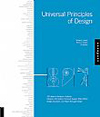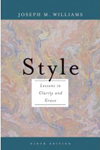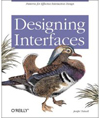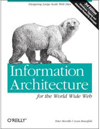A talk courtesy of the
“Wednesday Oct 17 12:30 - National Gallery of Australia Collection Study Room
How does a library support the varied needs of today's artists and curators? Come and hear National Gallery of
Information provided by
Joye Volker NGA Chief Librarian
Jennifer Coombes Special Collections Archivist
Anna Documentations Officer
And the Cataloguing and Reference Librarian who name escapes me.
Collection Scope
Strengths
Obviously Australian art and artists and items by or about the NGA are the core of the NGA library’s collection. Andy Warhol is strongly represented in the collection. The early 20th century is well represented and the NGA library also focuses on
The NGA library also has a significant collection of photography literature. The NGA library also collects many art gallery and auction house catalogues which are often the only source for photographs of items now held in private collections.
Ongoing areas which the NGA library will focus on include information on the decorative arts (including manuscripts), glass works, and regional Australian artworks and artists not currently represented elsewhere.
General Comments
Ephemera
Ephemera is extensive. They have over 38,000 Australian artist files and 1.3 km of shelving filled with international artists. In the NGA library ephemera can mean really mean anything not intended for ongoing use and storage. One interesting example is an ice cream wrapper with Andy Warhol art featured in the Andy Warhol Ephemera. Another is a musical piece which was written about the response to the purchase of ‘blue poles’ by the NGA.
These ephemeral materials when collected together provide an important resource for art scholars and are much more valuable as an ‘accumulation’ than as single items. Art scholars are often very interested in these ‘physical objects’ which help provide more contextual information and ultimately lead to better understanding of an artist’s work.
The NGA also undertook a large oral recording project and got James Gleeson (a prominent figure in the Australian art scene and working as an art critic at the time) to interview approx. 100 artists about their works at the NGA. These recordings were originally intended as an internal resource for staff at the NGA, however, as many of the artists spoke more broadly about their lives on these recordings they may have much value to art researchers.
The collection was recently valued at approx. $30 million dollars (2007) and has approx 2000 current art-related serials. Including several rare visual arts serials.
Collection Arrangement
The collection is generally arranged so that materials are collected by artist and/or by work.
Cataloguing and Access
Generally archives are not indexed to the item level. Special collection materials are stored in a warehouse. As the material is kept in a closed stack the materials are in very good physical condition. As such the NGA library plays an important preservation role.
NGA art Collection vs. NGA library collection
Sometimes there may be some conflict as where items should be placed. Sketchbooks showing the creative process etc. are generally kept in the NGA art collection i.e separate from the library collection.
Reference
They get many questions regarding valuations.
Conclusion
It was fascinating to gain insight into a Special Collections library. The NGA library collection’s scope was much larger than I was suspected and they also play an important preservation role which I hadn’t considered before.
Links
http://www.nga.gov.au/Research/Access.cfm -Home Page
http://www.nga.gov.au/Research/Collection.cfm - Collections Strengths







